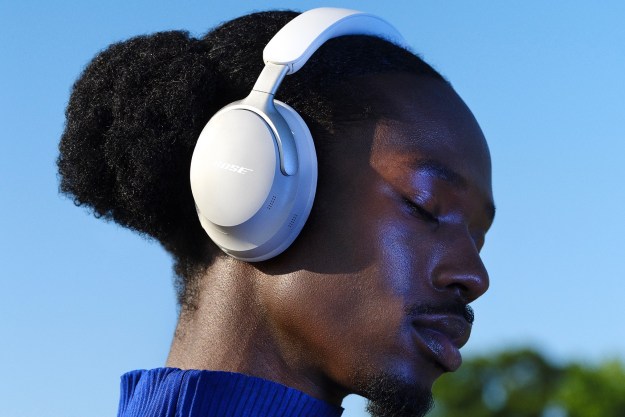
Earfun, a company known primarily for its ultra-affordable yet high-quality wireless earbuds and Bluetooth speakers, has launched two new products designed to get folks into the world of hi-res audio at a fraction of the price that its competitors charge. The Earfun EH100 ($100) are a set of triple-driver in-ear monitors (IEMs) with swappable tuning nozzles and the Earfun EA100 ($80) is a tiny digital-to-analog converter (DAC) and headphone amp with dual headphone jacks for both balanced and unbalanced connections.
These are already pretty affordable prices, however, between October 2 and October 15, you can buy one or both at a significant discount. The price for each product has been discounted by 30% ($70 for the EH100 and $56 for the EA100), or you can buy them as a bundle and save 35% ($117 for the EH100 and EA100).

The EH100 have an unusual driver architecture, featuring dual dynamic drivers for bass and midranges, with a custom balanced armature (BA) driver for high frequencies. The earbuds are made from aluminum and have a high-polish exterior surface and use a standard detachable 2-pin IEM connection. Earfun includes two sets of tuning nozzles, which it says can be used to vary the sound signature of the EH100: A balanced nozzle which, as the name implies, provides an even frequency response, and an ambient nozzle which accentuates sub- and mid-bass for those who prefer a boosted low-end.
They come with an unbalanced, silver-plated copper cable with a full-metal 3.5mm jack, five sets of silicone eartips, and zippered hard-shell carrying case.

The EA100 is a slender, lightweight DAC/amp that has a USB-C connection at one end and two headphone ports at the other (3.5mm unbalanced/4.4mm balanced). It comes with a short USB-C to USB-C cable for connections to PCs and smartphones, plus there’s a USB-C to USB-A adapter for computers that don’t have USB-C. Digital Trends asked why no Apple Lightning adapter is included and we were told that the additional cost, plus Apple’s recent move away from Lightning on the iPhone 15, were both factors in the decision.

The EA100 can decode 32-bit/768kHz PCM and DSD512 thanks to its ESS ES9038Q2M chip with built-in clock jitter suppression, high-dynamic range, and low distortion. It’s also equipped with independent left and right amplifiers that provide a maximum power output of 195mW at 32 ohms, with a 121dB signal-to-noise ratio. That should be enough power to drive even relatively high-impedance headphones and more than enough to power the 16 Ohm EH100.
The EA100 has one feature that I’ve never seen on a DAC/amp before: A mode button that lets the DAC switch between UAC 2.0 and UAC 1.0 — the latter of which might be needed when using the EA100 with certain game consoles or PCs. An LED light embedded in the USB-C side of the dongle confirms the connection to the device and displays different color codes depending on the sample rate (or DSD) format being decoded.
Editors' Recommendations
- Nothing’s new earbuds upstage Apple, Google, and Amazon by embedding ChatGPT
- Ifi says its latest portable DAC restores the missing quality in digital audio
- Audio-Technica’s latest hi-res earbuds debut at CES 2024 for $199
- Earfun Free Pro 3 wireless earbuds will make you question Apple’s prices
- Astell&Kern’s new headphone DAC is PlayStation-ready




